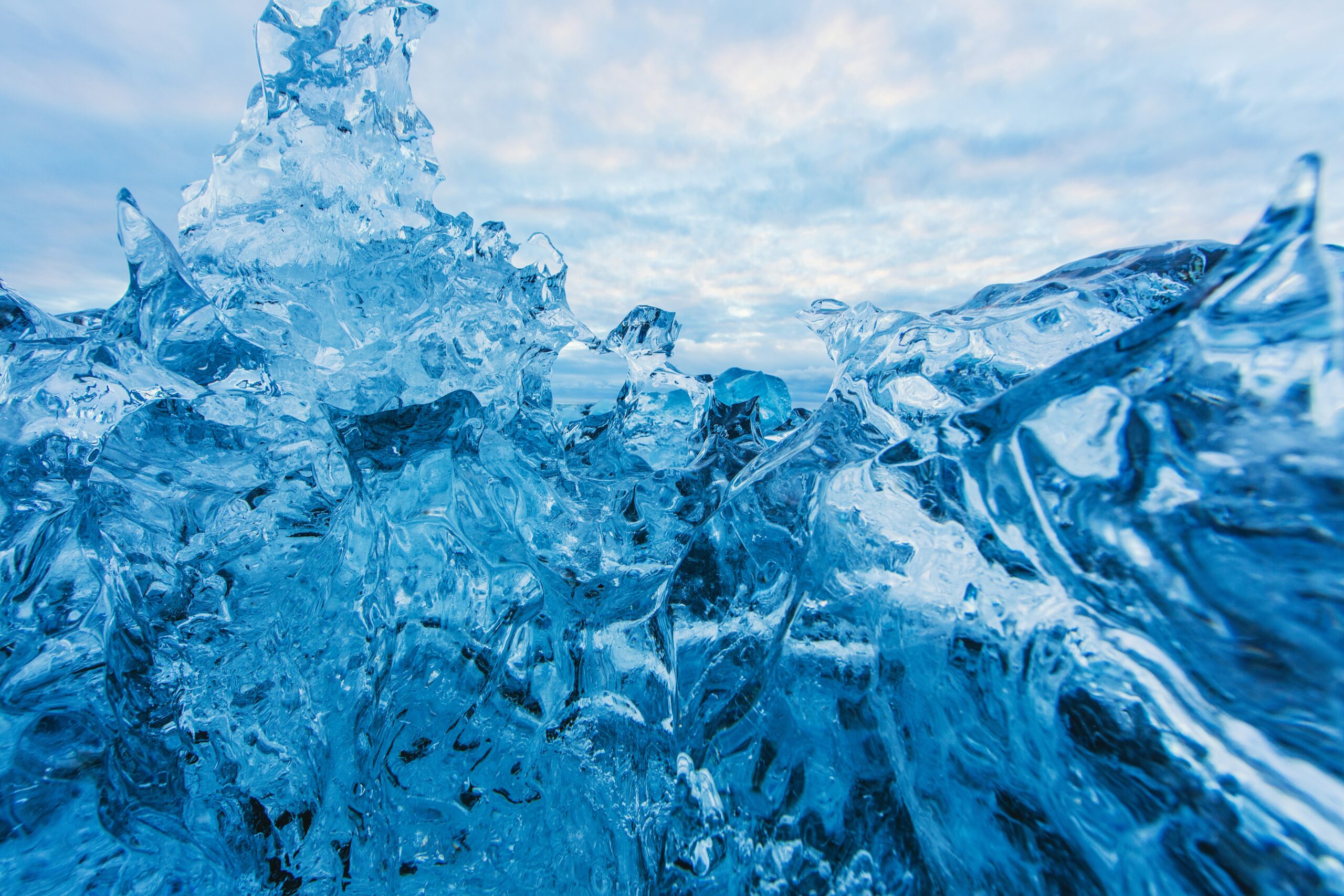
Hydrodynamics drives performance in water sports, from swimming to competitive rowing. It studies how water moves around objects and how those objects respond to forces. Athletes, engineers, and coaches use hydrodynamic principles to reduce resistance, increase propulsion, and maintain stability. When applied correctly, hydrodynamics allows athletes to move faster while conserving energy, giving them a measurable advantage in competition.
Moreover, hydrodynamics isn’t limited to sports. Engineers apply their principles to design high-speed boats, submarines, and even water turbines. By understanding how water flows around different shapes, designers create efficient vessels that glide smoothly, minimize drag, and optimize speed. This intersection of science and performance highlights how hydrodynamics impacts both athletic and technological achievement.
Drag Reduction Techniques
One of the main challenges in water is drag. Drag slows movement and increases energy expenditure, making it a key performance factor. Athletes reduce drag by refining their body position, wearing streamlined suits, and optimizing stroke techniques. Every adjustment in form directly affects how water flows around the body, allowing for faster movement with less effort.
Technology also plays a vital role in drag reduction. Swimsuits with advanced materials, hydrodynamic hull designs, and surface coatings minimize friction between water and surfaces. Engineers test these innovations in wind and water tunnels to measure effectiveness. By combining biomechanics with technological solutions, athletes and designers improve speed and efficiency simultaneously.
Propulsion and Force Application
Propulsion depends on applying force efficiently to move through water. Swimmers, rowers, and kayakers focus on stroke mechanics, limb placement, and timing to maximize forward motion. Hydrodynamics informs how water reacts to every movement, guiding athletes to generate optimal thrust without wasting energy.
In addition, propulsion isn’t only about strength. An effective technique ensures that each stroke creates the most forward momentum with minimal resistance. Coaches analyze hydrodynamic feedback to refine movements, helping athletes maintain consistent speed over long distances. Understanding the science behind propulsion ensures that athletes move faster while staying sustainable over time.
Buoyancy and Body Position
Buoyancy affects speed by influencing how much of the body remains submerged. A body positioned correctly displaces water efficiently, reducing drag while maintaining balance. Swimmers practice horizontal alignment, subtle rotations, and core engagement to maintain optimal buoyancy throughout each stroke.
Body position also changes depending on the sport. Rowers and kayakers adjust posture to balance propulsion and stability. Hydrodynamic analysis helps athletes understand how small changes affect water flow around the body or vessel. By mastering buoyancy and alignment, athletes can glide through water more effectively, saving energy and increasing speed.
Equipment Optimization
Equipment design directly impacts hydrodynamic performance. Swimsuits, paddles, oars, and boat hulls all interact with water in ways that can either enhance or hinder speed. Engineers use hydrodynamic principles to shape equipment that maximizes thrust, minimizes drag, and maintains stability under dynamic conditions.
For example, competitive swimsuits compress muscles, streamline shape, and repel water to reduce resistance. In rowing, oars are designed to push against water efficiently while maintaining optimal entry angles. Boats and kayaks feature hulls that cut through water smoothly. By integrating scientific knowledge into equipment, athletes gain a measurable edge in speed and endurance.
Environmental Factors
Water conditions significantly affect hydrodynamic efficiency. Currents, waves, temperature, and salinity all alter how objects move through water. Athletes and coaches monitor these variables to adjust technique, stroke rate, and positioning. Understanding environmental factors allows for smarter, faster performance under different conditions.
Moreover, professional teams use sensors and data analytics to quantify how environmental changes affect hydrodynamics. Real-time feedback enables strategic adjustments mid-race or during a training session. This proactive approach ensures athletes can maintain top speed, even in unpredictable water conditions.
The Role of Data and Analytics
Data analysis has transformed hydrodynamics from theory to actionable strategy. Sensors track stroke efficiency, water displacement, and drag forces. Coaches use this data to make informed adjustments, refine training programs, and optimize race strategy. Analytics provides insight into how subtle changes in movement or technique affect overall speed.
Additionally, simulations and modeling predict performance outcomes before athletes even enter the water. These tools allow for experimentation with different stroke patterns, body positions, and equipment. By leveraging data and analytics, hydrodynamics becomes an applied science that directly enhances speed and competitive results.
Future Innovations in Hydrodynamics
The future of hydrodynamics promises smarter, faster, and more efficient performance. Artificial intelligence, machine learning, and wearable technology provide real-time feedback, making performance adjustments instantaneous. Materials science continues to advance, producing lighter, smoother, and more responsive equipment that interacts favorably with water.
Furthermore, continued research into water flow, turbulence, and drag will refine our understanding of speed optimization. Athletes, engineers, and coaches are collaborating more closely than ever, applying science to both training and design. The integration of innovation with hydrodynamics ensures that the next generation of water sports athletes will push the limits of speed and efficiency.